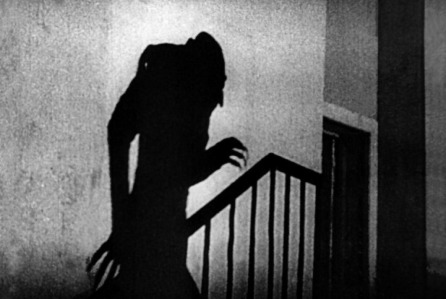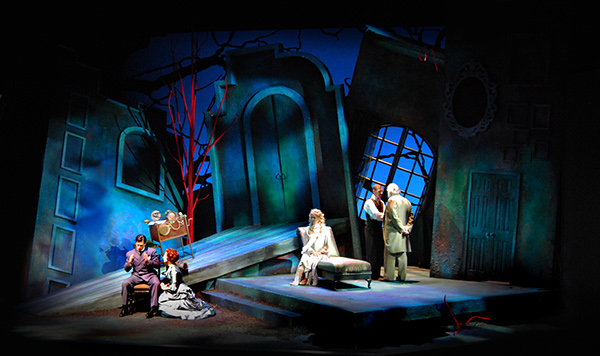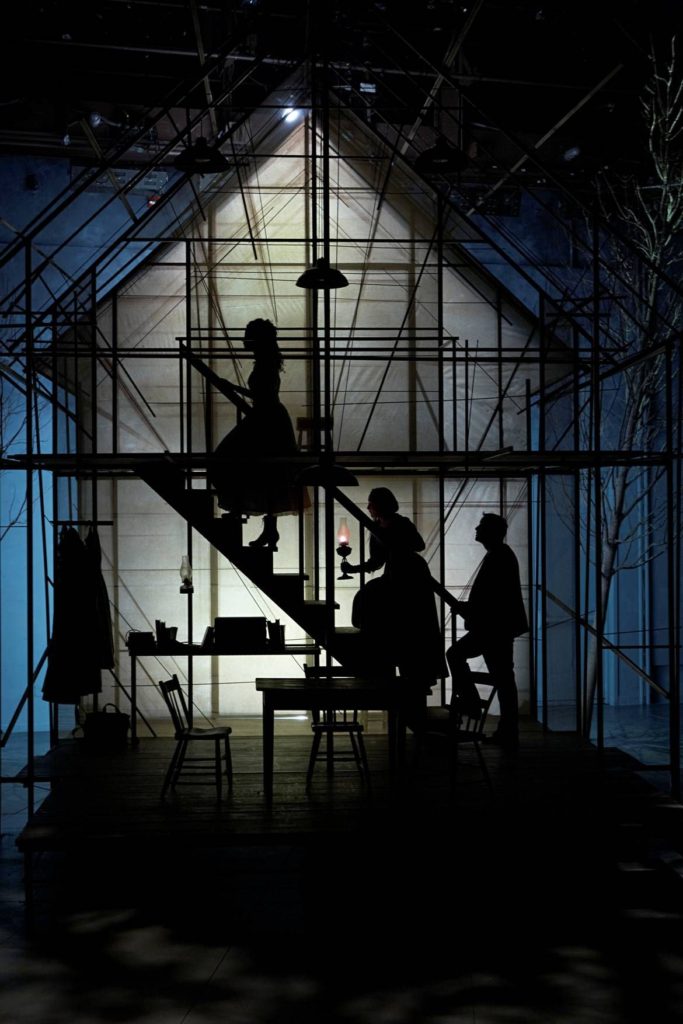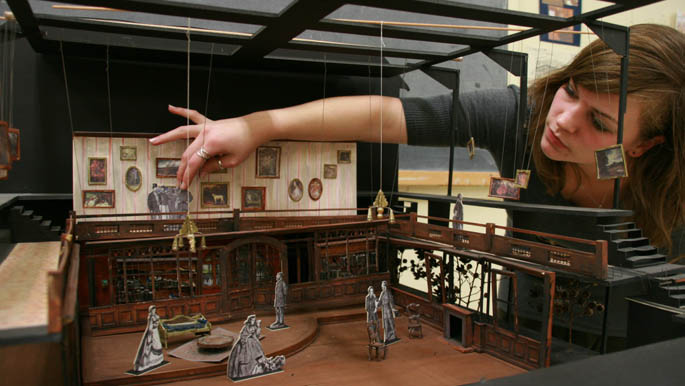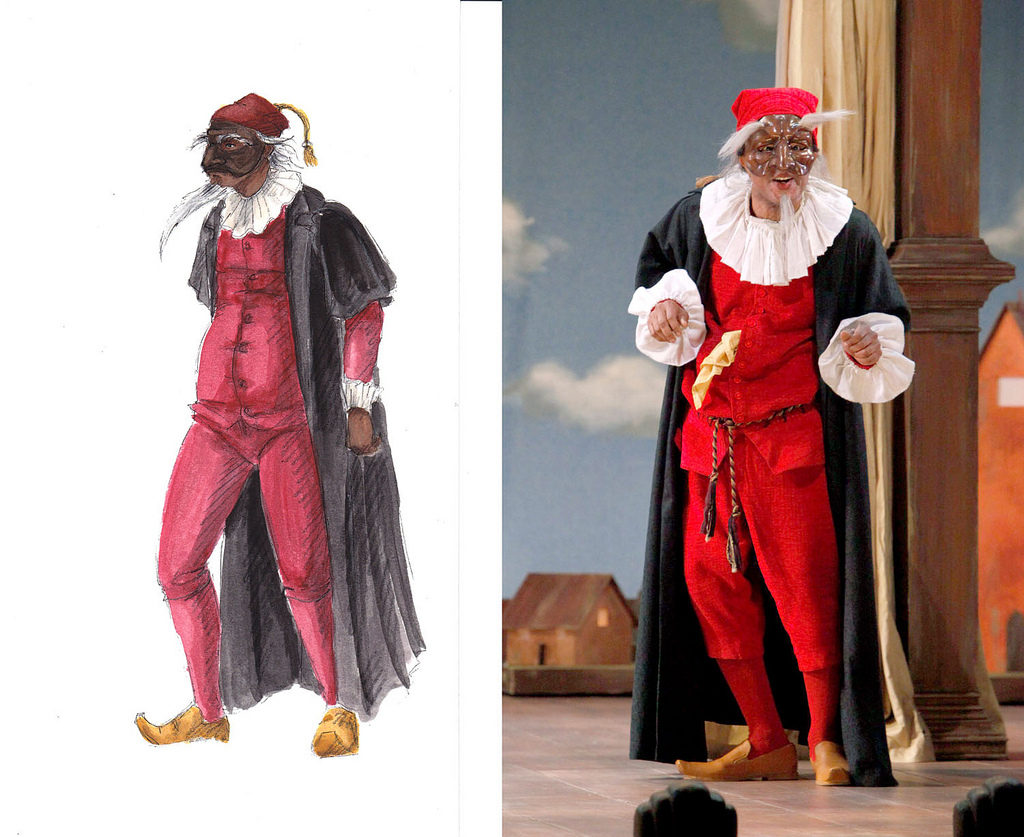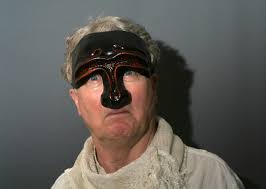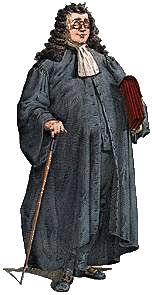As a director for Dr Lombardi and Pantaloon, discuss how you would create comedy in TWO sections of the play where they appear together. You must make specific reference to the social/historic and/or cultural context of ‘The Servant of 2 Masters’ in your answer.
Your answer needs to contain an Introduction (both a quick generic one for the play in general and a specific one explaining your directorial concept/aims. ]
Then a Body of 4-6 paragraphs that ‘zoom in’ on the ‘go-to moments’. This is the bit where you have to use the terminology of acting and directing. A short conclusion if time allows.
You must have quotes.
You must work in your historic/ social knowledge into your writing – NOT just bolt it on to your Introduction.
SAMPLE WRITING:
[Generic opening] ‘The Servant of Two Masters’ is a fast-paced comedy written by Carlo Goldoni in 1746 and strongly influenced by the style of Commedia dell’Arte. The play is populated with exaggerated stock characters like masters, lovers and servants, who were “an exaggerated mirror of Italian society” – Didi Hopkins.
[Specific Introduction] As the director of the Old Men (Il Vecchi), I would aim to show the disintegration of an old friendship. I would use the traditional qualities of Dr Lombardi and Pantaloon to create outrageous parodies, use physical comic violence and props and create moments of uncharacteristic behaviour to create comedy.
(Body) Paragraph structure – Point – Example – Explain (what, how, why)
In Act 2 Scene 1, Pantaloon attempts to tell the Dr. that the engagement between Silvio and Clarice is off, but he cannot get a word in edgeways. I will direct Dr L. to use a raised hand to silence Pantaloon and increase the volume of the first word of his next line drawing out the word to add greater importance to it – e.g: “S T O P!, I know exactly what…” This is intended to silence Pantaloon and drown him out. Pantaloon will get increasingly exasperated, rolls his eyes and huff and sigh. It will be funny as the Dr is unaware of Pantaloon’s behaviour as I will position him downstage. As the scene progresses and Pantaloon cannot finish his sentences: “Well actually…” and ” If you’ll allow me to speak…” I’d direct Pantaloon to show his increasing exasperation by making some gestures: looking at his watch attached to his waistcoat and using his hands to mimic the Dr’s mouth and endless talking. In this up stage position I can direct Pantaloon to upstage the Dr. The Comedy will be generated by the impudence of the ridiculing as well as the exaggerated ‘pompous and verbose’ qualities of Dr Lombardi.
When the Dr breaks into Latin, (a common trait which reveals him as an academic who has had a University education) I will direct him to stride around the front of the stage as if giving a lecture using a posh R.P accent, focusing on the audience and drawing out his vowels in order to sound impressive. This parody of a ‘know-it-all’ presents his pompous and pedantic traits. I would seek to create comedy from his exaggerated mannerisms, his physicality and his lack of understanding regarding the feelings of others – “He knows everything about everything, but understands nothing” – Ninian Kinnar-Wilson. His lack of awareness of what Pantaloon is doing behind him, should make the audience laugh at him.
To finish the scene I will direct Pantaloon to act like a child involved in playground bickering. He will illustrate the line, “The wart on the end of my arse is worth more than the entire house of Lombardi.” As he does so he’ll wiggle his bum in the direction of a shocked Dr L. He’ll stress the word ‘arse’ and generally deliver the final speech in a heightened state of agitation. All this will be comic as we do not expect this type of behaviour and language coming from a 70 year old ‘honest tradesman of my nation.’ (Goldoni)
